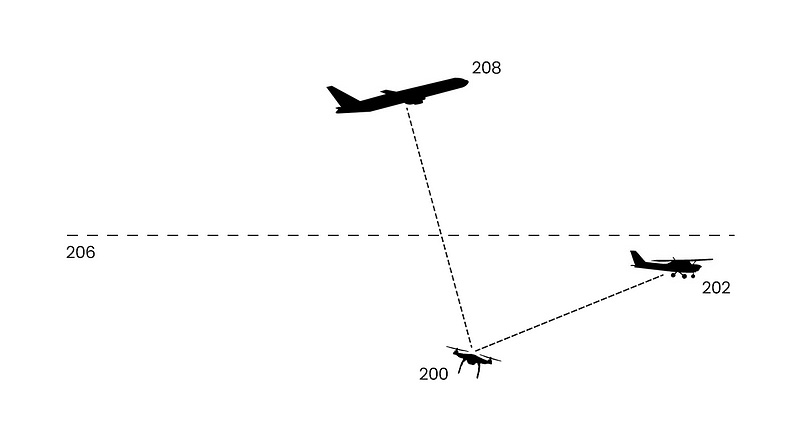ADS-B for drones broadcasts conditionally
Patent offers enhanced safety without system overload
Most drones are barred from broadcasting ADS-B Out to avoid overwhelming the infrastructure, but uAvionix has patented a solution that preserves the safety benefits without the clutter.

Founded in 2015, uAvionix has produced a popular range of low-cost ADS-B solutions for general aviation aircraft, though the company’s first products were designed with drones in mind. While many unmanned aircraft systems flying today can receive ADS-B signals and make remote pilots aware of nearby aircraft, the FAA has reserved ADS-B Out for only a select few UAS that are conducting advanced operations, usually in a test environment. The sheer number of UAS already in operation, and those to come, would overwhelm the system and clutter cockpit displays, counteracting the situational awareness benefit.
“uAvionix is a firm believer in the benefits of a cooperative airspace for UAS integration,” said Christian Ramsey, president of uAvionix, in the patent announcement. “Recognizing the concerns of over-use of the spectrum by regulators—Inert and Alert is a means to leverage ADS-B for collision avoidance while significantly reducing those concerns.”
uAvionix first revealed it was working on this “Inert and Alert” concept in a 2018 white paper. The recently enacted FAR Part 89 will require most unmanned aircraft to begin broadcasting position information by means other than ADS-B by 2023; remote identification via ADS-B would require FAA approval.



